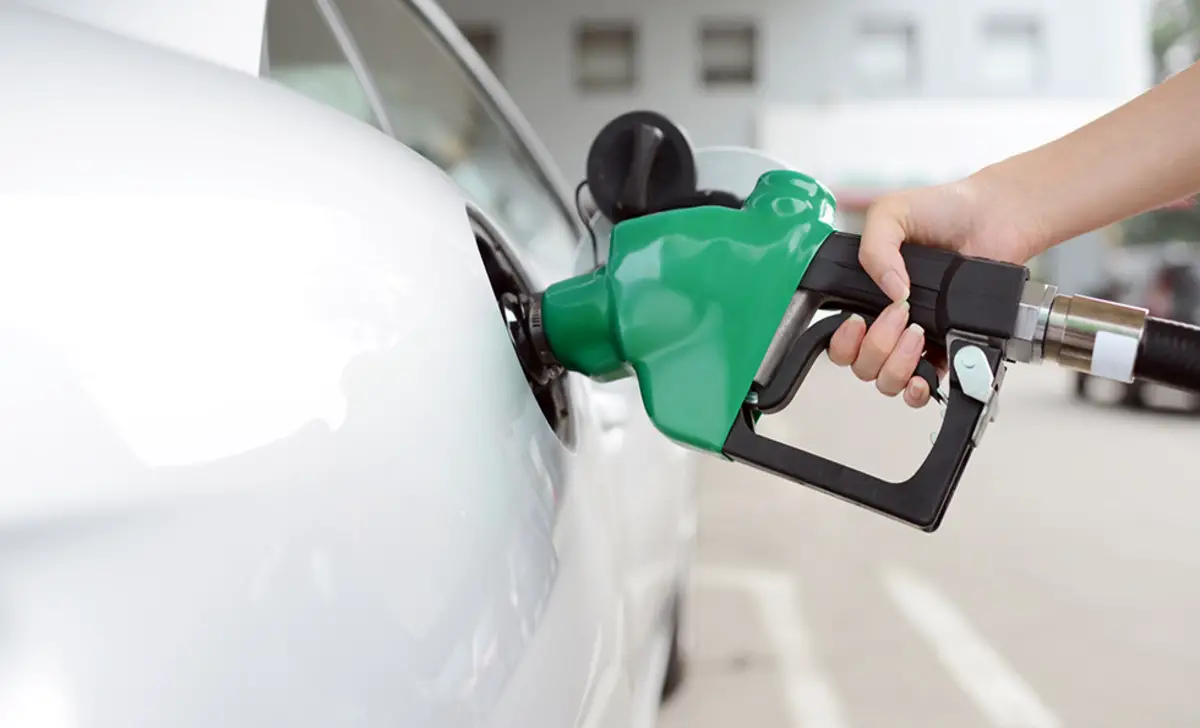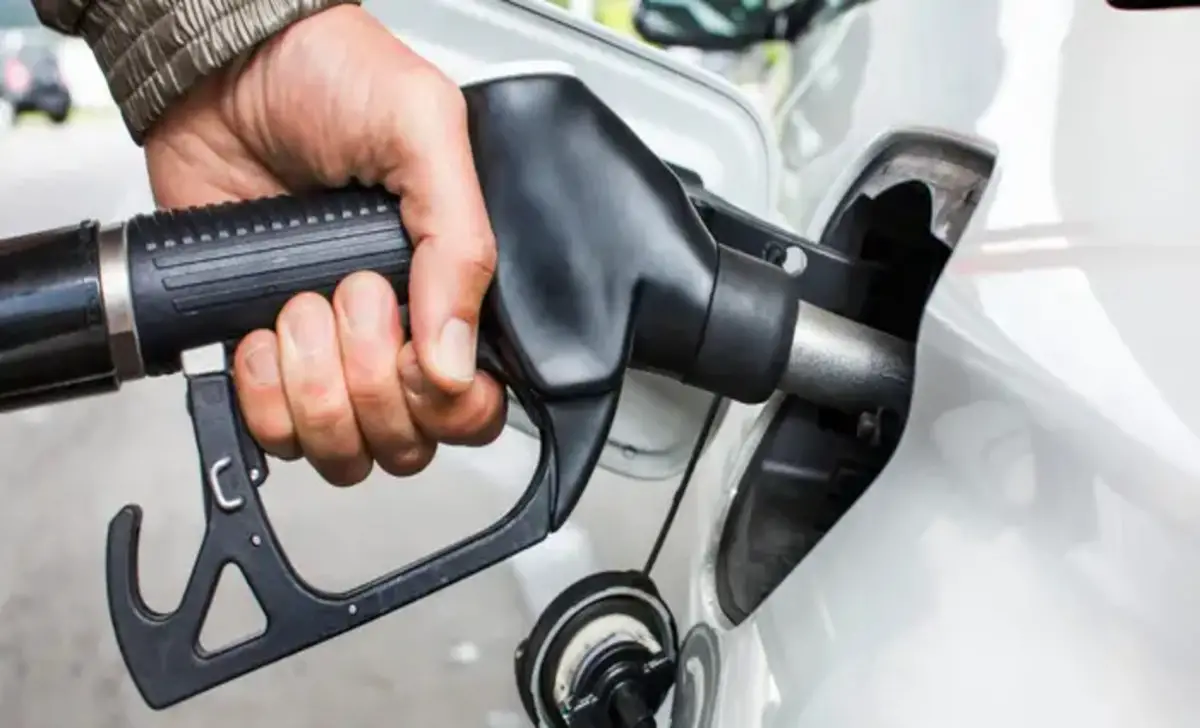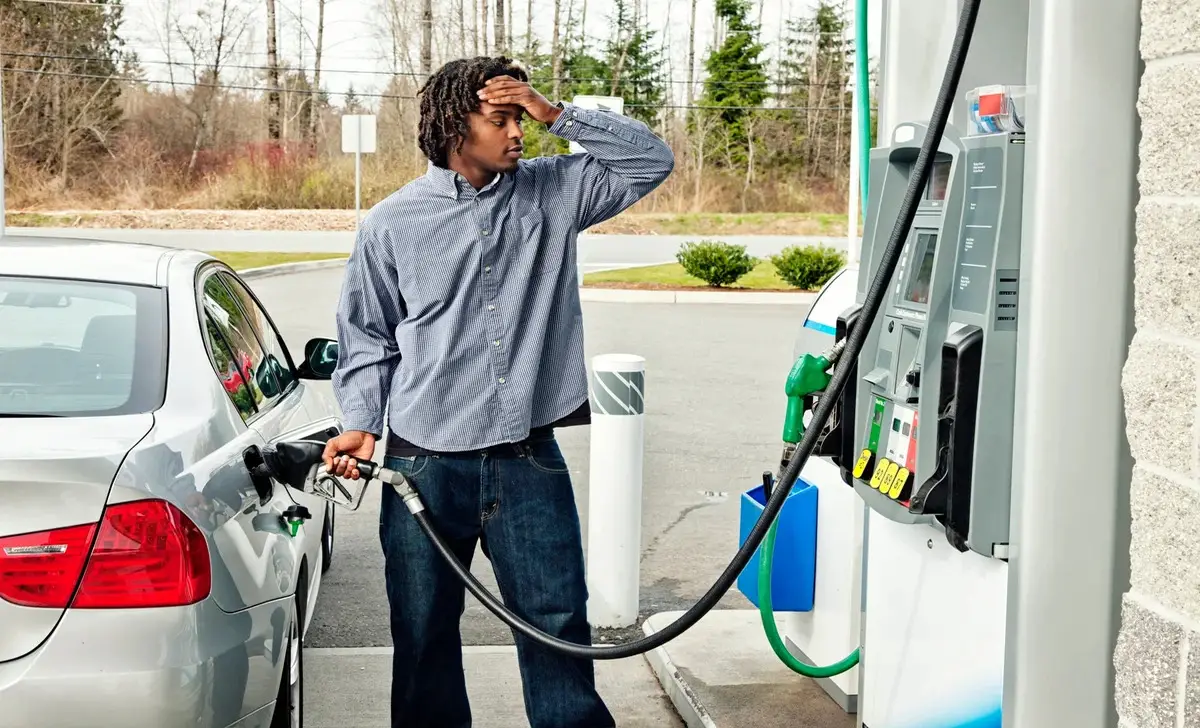Knowing how many miles you can drive daily is essential as a driver. Knowing yo0ur limits can help you plan your trip more effectively and make the best use of your time, whether travelling for work, leisure, or long-distance trips.
The miles you can drive daily vary depending on your experience, driving skills, road conditions, and vehicle type. Here, we will explore ways to determine how many miles you can go in a day. Driving long distances can be daunting, but with proper planning and knowledge, it can be a fulfilling experience.
This post will examine key factors influencing how many miles can you drive in a day, including rest stops, fuel consumption, and weather conditions. We will also provide some tips on staying alert and focused on the road to ensure your driving safety.

How Many Miles Can You Drive In A Day? Answered

The miles you can drive daily depend on various factors, such as your driving experience. The type of vehicle you are going for and the condition of the roads. Experts recommend that drivers take breaks every 2-3 hours or after driving approximately 100 miles.
This can help prevent fatigue and ensure that you remain alert while going. However, listening to your body and taking breaks as needed is essential. Safety should always be the top priority when driving long distances, even if you haven’t reached the recommended time or mileage limit. Remember to stay hydrated, rest before your trip, and avoid distractions while behind the wheel.
Filling And Storing Vehicle Fuel Tanks In A Smart Way

A few innovative practices can help you save time and money and avoid potential safety hazards when filling and storing vehicle fuel tanks. First, only fill your tank to the recommended level in your vehicle’s manual. Overfilling can cause fuel to spill out and create a fire hazard. Additionally, it’s essential to avoid topping off your tank, as this can lead to excess pressure and damage to the fuel system.
When storing fuel, use approved containers specifically designed for gasoline or diesel storage. Keep these containers in a cool, dry place, away from any sources of heat or flame.
Easy Ways To Increase Your Gas Mileage

You don’t have to make it complicated to increase your gas mileage. You can do several things to improve your car’s fuel efficiency and save money at the pump. Here are some easy ways to increase your gas mileage:
- Drive During Less Congested Hours – For the most part, the busiest times for roads are during the morning and evening commute hours. If possible, avoid driving during these times; opt for public transportation or carpooling.
- Use The Correct Gear – Ensure your vehicle is adequately equipped with the latest emissions-reducing technology. This includes catalytic converter replacement, fuel-efficiency upgrades, and advanced air filters.
- Avoid Heavy Foot Traffic – Keeping your engine running at its best is challenging when driving through heavy traffic. Try to avoid going through busy areas whenever possible, and instead, take alternate routes that are less congested.
- Plan Your Route – When planning your way, account for traffic conditions and alternate routes that may be available. This will help you save on gas mileage and time overall.
European Commission Safe Driving Regulations
As of the 16th of October 2016, European Union countries have adopted new rules governing how long drivers can stay at any given time. In other words, you can theoretically drive 1260 miles a day without taking a break within these 24 non-consecutive hours. Trucks Over 20 countries’ driving regulations specify that drivers should take at least 10 hours off, not more than 12.
How Many Hours Is Safe To Drive In One Day?

Regarding driving, safety should always be a top priority. According to the National Sleep Foundation, one important factor is how many hours it is safe to drive in one day. The maximum amount of time adults can drive without risking drowsy driving is about two hours. After this point, fatigue and decreased concentration can increase the risk of accidents.
Experts recommend taking a break at least every two hours or 100 miles of driving to rest, stretch your legs, and refresh your mind.
Additionally, avoiding driving during peak sleepiness is essential, typically between midnight and 6 a.m. and late afternoon. You can help ensure a safe and enjoyable driving experience by prioritizing safety and taking regular breaks.
How Often Should You Take Breaks From Driving On A Road Trip?

Taking breaks from driving every 2 hours or 100 miles is recommended during a road trip. These breaks are essential for staying alert and avoiding fatigue while driving long distances. Stretching your legs, grabbing a snack, and resting briefly can help prevent drowsiness and ensure a safe journey. Safety should always be the top priority when embarking on a road trip.
How Far It’s Safe To Drive If You’re Travelling Alone
The Ministry of Transport governs the rules in section 55-10: “No individual is permitted to drive more than 10 hours continuously without a break at least every 24 hours provided that no more than 75% driving duty per day may be performed by one driver.”
“55.06 No individual is permitted to drive for more:
- More than 12 consecutive hours, with one exception- vehicles used to transport hazardous materials are not calculated in this rule;
- More than 15 hours continuously, with one exception- vehicles used to transport hazardous materials are not calculated in this rule.”
Your 10-hour limit will only last 24 hours, even if you take a break and another driver drives. Another thing worth noting is that when it comes to sudden situations such as accidents or mechanical failure, those limits of 12 and 15 go up to 16 and 18.
How Far It’s Safe To Drive If You’re Travelling With Someone Else
This section’s rules state that no individual can drive continuously for more than 10 hours without taking a break every 24 hours, and one driver cannot perform more than 80% of the duty time. Vehicles that do not contain hazardous materials calculat above, with the exception. 55-8 No vehicle stopped more than 15 minutes may deviate more than 30 meters from the centre of the road or driveway, except:
- In an emergency, when to do so is necessary either to avoid injury or damage and
- When directed by a peace officer.” As soon as someone joins you, they’ll be bound by this limit.
How Many Miles Is A Truck Driver Allowed To Drive In One Day

The rule states that individuals are prohibited from driving more than 12 hours at a time, except for hazardous materials vehicles.
Suppose you’re exceeding this drive limit to mechanical failure. Then, a road agent and an inspector can pull over your truck for inspection.
- “55-4 No person is permitted to drive, and no vehicle shall be operated on any highway or other workplace area at more than:
- 14 hours working days, with one exception, which notes that trucks used in offloading loading materials are not calculated above or
- Twenty-four hours working days, except that hazardous materials vehicles are not calculated above.” You don’t accumulate driving time based on consecutive highway miles or by daily expenditure.
Some Ways To Save Money When Filling Up Your Car’s Tank

Filling up your car’s tank can be a major expense, but there are some simple ways to save money. One of the easiest ways is to use a gas rewards credit card, which can give you cashback or points for every gallon of gas you purchase. Another option is to shop around for the cheapest gas prices in your area using apps or websites that track gas prices.
- Find A Cheaper Gas Station: There are many places to find cheap gas, so it’s worth looking for one with the lowest prices in your area.
- Fill Up Your Tank Less Often: You should also watch for ways to save on fuel each month. If you have a large car, consider switching to diesel or ethanol-powered cars that use less energy per mile travelled.
- Swap The Type Of Fuel: Gasoline is addicting. So it’s worth trying to keep yourself from using said gas by changing the fuel you purchase. If your car runs on natural gas or LNG
- Install A GPS Tracking: Device in your vehicle and monitor where it travels. It can be an eye-opening experience to see how much driving you do each month, day to day.
How Many Miles Does The Average Person Drive A Year?

The average person drives approximately 13,500 miles per year. This mileage can vary depending on age, location, and lifestyle. Commuting to work, running errands, and taking road trips contribute to the total number of miles driven annually by individuals.
With the increasing reliance on personal vehicles for transportation, it is not uncommon for people to accumulate a significant amount of mileage over a year. Keeping track of mileage can be important for maintenance purposes and budgeting for fuel costs.
How Do You Calculate Daily Mileage When Running Income Projections For Your Business?
To calculate daily mileage when running income projections for your business, you first need to determine the total distance traveled over a specific period, such as a week or a month. Once you have this total distance, divide it by the number of days in that period to get your average daily mileage.
This calculation will give you a clear picture of how much distance you cover daily. You can use it to estimate transportation or delivery services expenses in your business income projections. Remember to track your mileage accurately to ensure your projections are as precise as possible.
Conclusion
We also have some tips for saving money when filling your car’s tank. While staying safe on the road is important, many people wonder how many miles they can drive daily. Several factors can impact this number, including your physical and mental state, vehicle condition, and the route you plan to take.
By preparing for your journey and being mindful of your limitations, you can increase the miles you can cover daily. However, it’s important not to push yourself too hard and always prioritize safety. If you’re curious about how many miles you can drive in a day and want some tips on maximizing your driving potential. We have written on the topic.
Frequently Asked Questions
1.How Many Hours Of Driving Equals A Certain Number Of Miles Daily?
The hours of driving required to cover a certain number of miles daily depend on various factors such as the speed limit, traffic conditions, and breaks taken. On average, driving 60 miles per hour for 8 hours would cover approximately 480 miles daily. However, this can vary significantly based on the specific driving conditions and individual driving habits.
2.How Many Miles A Day Should You Drive In Your RV?
The ideal daily mileage to drive in an RV can vary depending on personal preferences, road conditions, and the overall travel experience you desire. On average, many RVers aim to cover around 200-300 miles daily to balance the journey and exploration without feeling rushed or fatigued.
3.Can You Drive 700 Miles In A Day?
Driving 700 miles daily is possible but not recommended due to safety concerns. It would require non-stop driving for approximately 11-12 hours at highway speeds, which can lead to fatigue and increase the risk of accidents. It is advisable to take breaks, rest, and split the journey over multiple days to ensure safety for yourself and others on the road.
4.What If Your Freight Must Travel More Than 500 Miles Daily?
If your freight must travel more than 500 miles daily, it is important to ensure efficient logistics planning, use reliable carriers with experience in long-haul transportation, and implement real-time tracking systems to monitor shipments.
5.Is It Possible To Drive 500 Miles A Day?
Yes, driving 500 miles a day is possible. Still, it would require significant time behind the wheel and adherence to safety regulations for rest breaks to avoid fatigue and ensure safe driving. Long stretches of driving can also be mentally and physically challenging, so it is important to plan, stay alert, and take breaks as needed.


